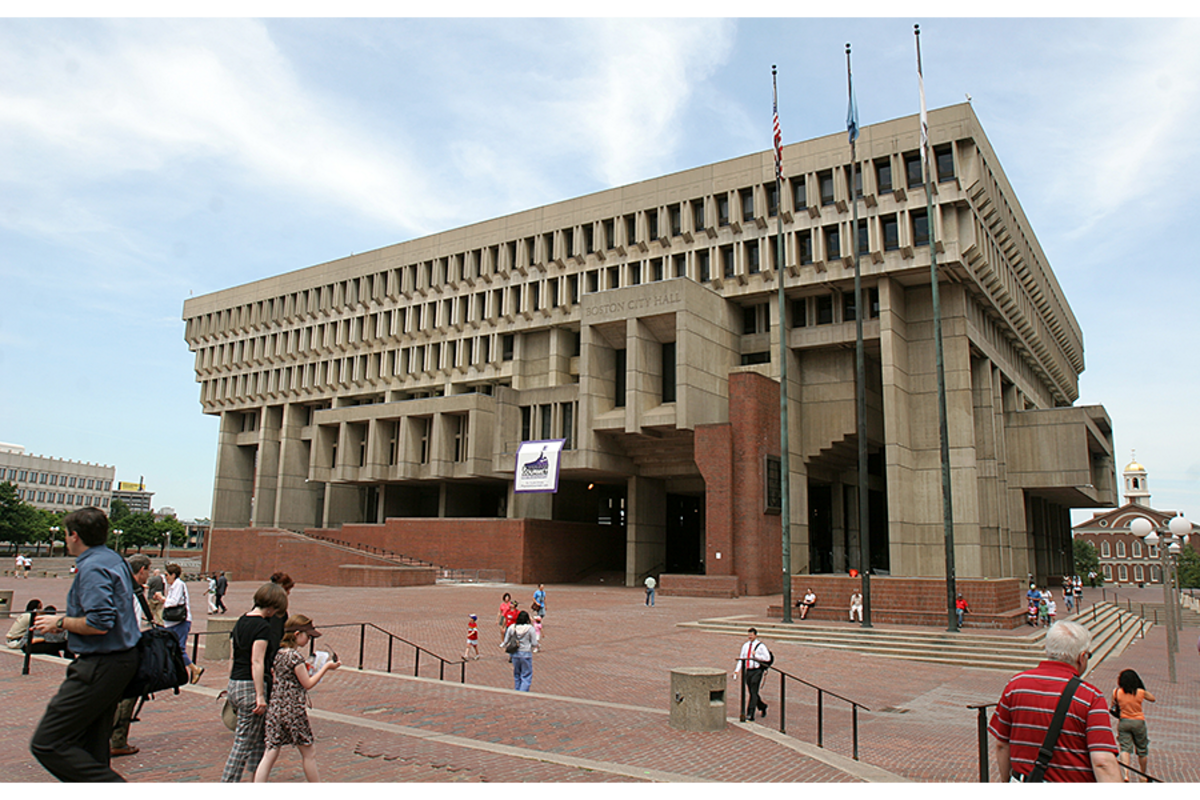Architects and their peculiar vernacular
Loading...
It may be true that every profession has its jargon, but it may be especially true of architecture.
Rory Stott, managing editor at (self-described as “the most visited architecture website in the world”) recently asked his readers: What are the weirdest words that only architects use?
And then he got out of the way as a flood of suggestions poured in. Weird words came out of the woodwork, but somehow they were winnowed down to just 150, which he then posted.
“For most students of architecture,” he wrote, “the first few years of learning involve a demanding crash course in architectural jargon. From learning terms as obscure as ‘gestalt’ to redefining your understanding of ideas as simple as ‘space,’ learning the architectural lexicon is one of the most mind-bending processes involved in becoming a designer.”
One term included in this peculiar vernacular is, well, vernacular. from a Latin word meaning “domestic, native, indigenous,” it’s widely used to mean “the local language of the people,” as distinct from formal or scholarly written language. But it’s more than that.
’s definition includes this: “of, relating to, or characteristic of a period, place, or group; especially: of, relating to, or being the common building style of a period or place <vernacular �������ٱٳܰ���&����;.”
Architect has written: “Classical architecture in all cultures and continents is to vernacular building what poetry is to prose.”
Jargon may be a particular problem in architecture because the profession’s public aspect prompts a kind of public discussion and approval process absent from other creative endeavors. A novelist seeking a publisher, for instance, may face many obstacles, but review of the manuscript by the zoning board is not one of them.
Sometimes architects wear as badges of honor terms that sound like insults. When I first heard a building described as , I thought my interlocutor was kidding, or being snarky, or both; but no, he explained, that was the name of the style. Actually, it’s a little subtler than that: The term derives from the French beton brut, which means simply “rough concrete,” without overtones of violence. But I can never walk by a structure like Harvard’s , for instance, without reflecting that it seems to have been built defensively, in anticipation of a need someday to pour molten lead or some such down onto the heads of rioting students below.
Then there’s , a term used to refer to the kind of vaguely “organic” structures made possible with computer-aided design software, such as the new London City Hall, or , a contemporary art museum in Austria. It looks like a giant intergalactic sea slug that has fallen from the sky and landed amid the red tile roofs of the old town.
One can imagine such structures prompting a precocious child to ask, “Mommy, I know they can make giant pickles out of glass and steel. But why does anyone want to?”




